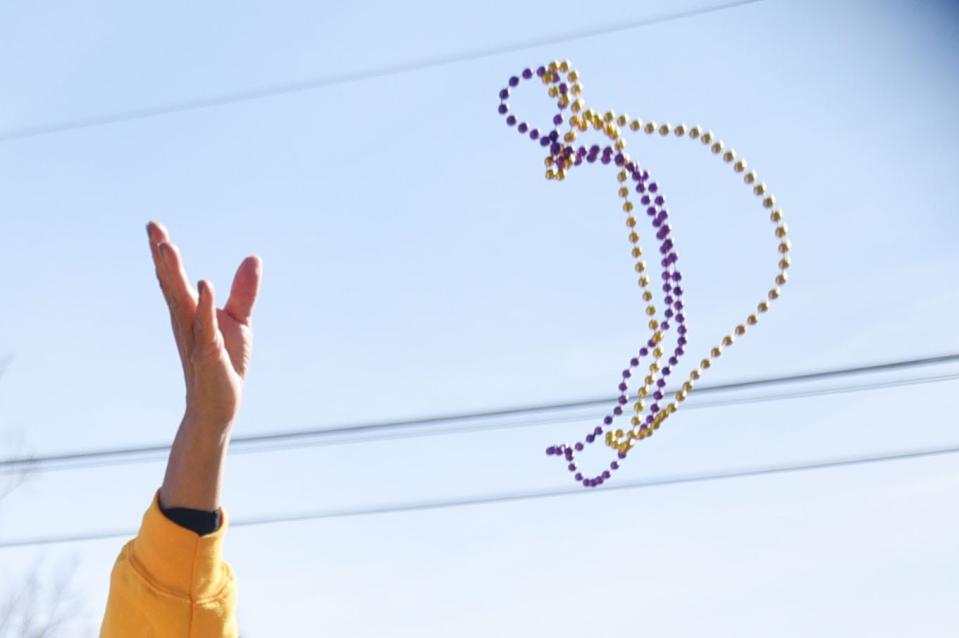When is Mardi Gras? Here's what to know about the holiday
Break out your beads and get ready for beignets ‒ Mardi Gras is around the corner.
The annual holiday that comes before the start of Lent falls on Feb. 21 this year. Some celebrations in New Orleans have already begun, and countries around the world will mark the date with traditions later this month.
Here's what you need to know about the holiday.
He's a sensation:'Bachelorette' Gabby Windey talks Joe Burrow, 'Dancing with the Stars'
Groundhog Day 2023:Ohio's stuffed Buckeye Chuck predicts 6 more weeks of winter

When is Mardi Gras?
Mardi Gras takes place each year on the Tuesday before Ash Wednesday, which marks the beginning of the Christian observance of Lent. This year's Mardi Gras falls on Feb. 21.
What does Mardi Gras celebrate?
Before it was celebrated by Christians, Mardi Gras was a pagan fertility festival, according to History.com.
In Rome, Christian leaders incorporated the tradition as a way to prelude Lent, the 40-day fasting period between Ash Wednesday and Easter Sunday. Mardi Gras spread across Europe and is now celebrated in countries around the world.
What is Fat Tuesday?
Fat Tuesday is the French translation of Mardi Gras. "Mardi" means Tuesday in French and gras is the word for "fat." Traditionally, the holiday was a time for feasting and eating fatty foods that are not allowed during Lent.
Mardi Gras is also referred to as Carnival and Shrove Tuesday, according to the Almanac.
Why is Mardi Gras celebrated in New Orleans?
One of the most well-known celebrations of Mardi Gras is in New Orleans. According to the Almanac, the city's history with the holiday dates back to 1699, when explorer Jean Baptiste Le Moyne Sieur de Bienville arrived in Louisiana. He named his point of arrival, about 60 miles south of New Orleans, “Pointe du Mardi Gras” because he arrived there on the eve of the holiday.
He also traveled to Mobile, Alabama, in 1702, calling it “Fort Louis de la Louisiane.” The Alabama city celebrated America's first Mardi Gras in 1703. The holiday was later celebrated in New Orleans after the city's founding in 1718. Events like parades, masked balls and more now take place in New Orleans in the weeks leading up to Mardi Gras.
This article originally appeared on Cincinnati Enquirer: Mardi Gras 2023: When is it? What to know about the holiday

